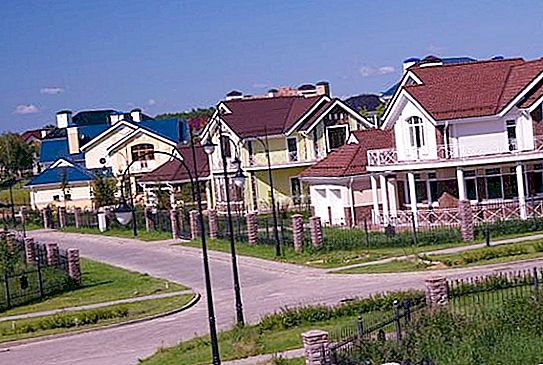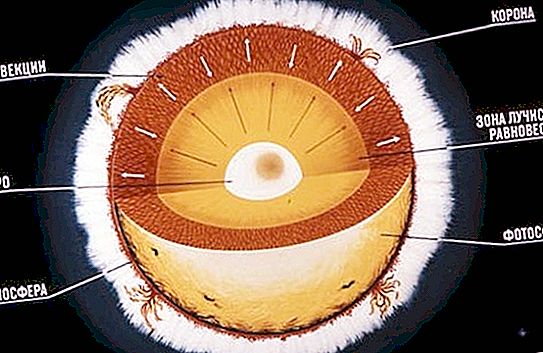The Anthropological Museum in Moscow has collected a rich collection of materials on the evolution and morphology of man.
The history of the museum begins in 1879, when the first anthropological exhibition was organized, which displayed the first exhibits of the museum.
After the exhibition closed, the collection was stored in the Zoological Museum of Moscow University.
Museum Creation
In 1883, the officially created museum was located in the premises of the Historical Museum, where four rooms were allocated to it.
D.A. Anuchin (1843 - 1923), professor, famous anthropologist, was appointed to the post of director.
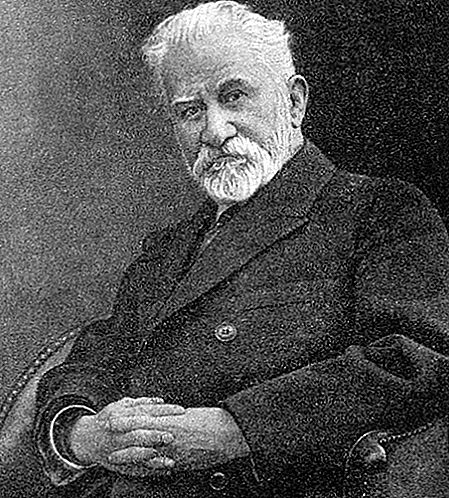
In 1907, the museum moved to the old building of Moscow State University, which is located in the center of Moscow.
Dmitry Nikolaevich Anuchin made a lot of efforts to include the museum in the educational process and turn it into an institution of an academic type.
After the revolution, the Museum of Anthropology in Moscow became a division of Moscow University and on its basis in 1923 the Institute of Anthropology of Moscow State University was created. Further on the basis of the museum under the direction of D.N. Anuchin and V.A. Bunak, a national anthropological school was formed.
The museum's fund structure, formed by D.N. Anuchin, has survived to this day. Methodological and research work is underway to systematize collections, which are the basis for scientific research by scientists from different countries - anthropologists and ethnographers, archaeologists, physicians and criminologists.
Department of Anthropogenesis
The collection has about 3, 000 exhibits. The Museum of Anthropology in Moscow contains a collection of dummies - bones, skulls and skeletons from archaeological sites of Europe, Asia and Africa.
The most famous exhibits are the skull of a Neanderthal baby found in the vicinity of Samarkand, and the skull of a child with Neanderthal features found near Bakhchisaray.
Archaeological department
Contains 400, 000 items. This is one of the largest archaeological collections in the world, which includes materials telling about human development.
Here are objects from the early Paleolithic found in Europe and Africa. Thirty-two exhibits were donated to the museum by the People's Republic of China in 1951. This collection includes artifacts from the Zhoukoudian cave.
The Upper Paleolithic is more fully shown. The exhibits found in Western Europe are stored here. These are mainly objects made from animal bones - tools and jewelry.
The Institute and Museum of Anthropology constantly carried out archaeological research, which replenished the collections of Russia and other countries.
Excavations of the Late Paleolithic
Since 1948, Avdeevo’s parking lot located in the Kursk region has been the main research site.
The results of excavations that have been carried out here for a long time cannot be overestimated. The Kostenkov-Avdey cultural layer and its significance were investigated and analyzed. The exhibits of this ancient era are silicon tools and objects of art.
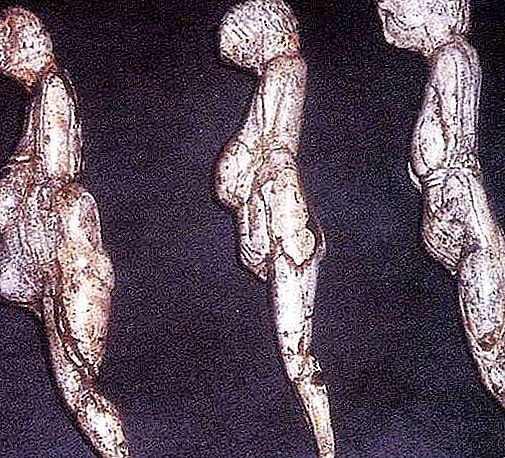
Today, the Museum of Anthropology and Ethnography in Moscow has a rich exhibition of materials from the Avdeevskaya site. Here you can see the processed mammoth tusks, turned into exquisite figurines, tools and jewelry.
The Anthropological Museum in Moscow holds temporary exhibitions for lectures on history, anthropology and archeology.
Ethnographic section
The ethnography department contains more than 13, 000 exhibits. They were assembled by Dmitry Nikolaevich Anuchin before the revolution. He also compiled the first catalog of the department’s collection.
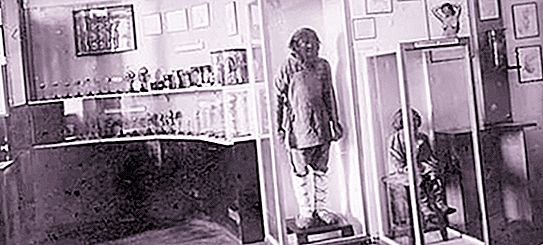
These are mainly artifacts of the 18th-19th centuries found in the Obdorsk region. Looted items represent the culture of the peoples (Nenets and Khanty) living on the banks of the Ob.
Foreign Ethnography
The museum has many exhibits on foreign ethnography. The exposition was replenished in the XIX-XX centuries by private collectors, in addition, the exhibits came from various organizations and museums. Among them, 88 collections representing the culture of the peoples of Australia and Oceania.
The Anthropological Museum in Moscow stores exhibits donated by Lieutenant V.F. Mashkov, which represent the culture of different tribes of East Africa.
A rich collection of household and hunting items from the peoples of the northwestern coast of Alaska, as well as objects of the Tlingit shamanistic cult that lived on the west coast of Canada, were collected.
Many ethnographic collections of the museum are not only of scientific importance - they belong to world culture as works of art.

